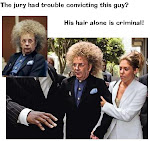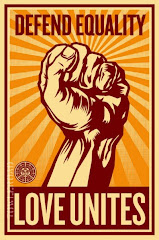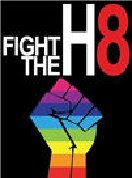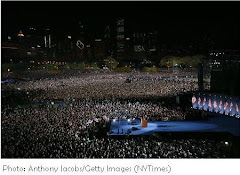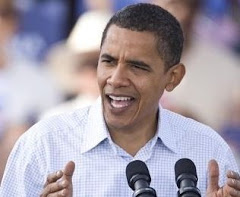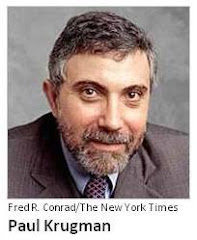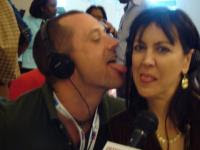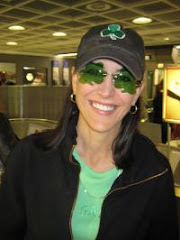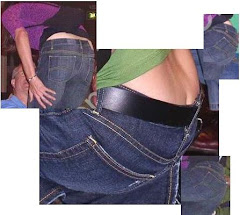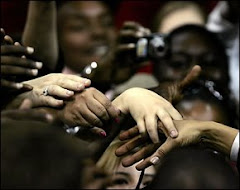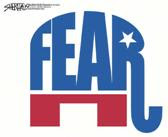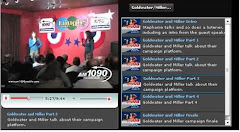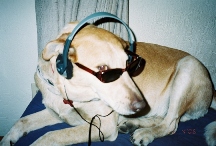 Beaujolais Nouveau began as a local phenomenon in the local bars, cafes, and bistros of Beaujolais and Lyons. Each fall the new Beaujolais would arrive with much fanfare. In pitchers filled from the growers barrels, wine was drunk by an eager population. It was wine made fast to drink while the better Beaujolais was taking a more leisurely course. Eventually, the government stepped into regulate the sale of all this quickly transported, free-flowing wine.
Beaujolais Nouveau began as a local phenomenon in the local bars, cafes, and bistros of Beaujolais and Lyons. Each fall the new Beaujolais would arrive with much fanfare. In pitchers filled from the growers barrels, wine was drunk by an eager population. It was wine made fast to drink while the better Beaujolais was taking a more leisurely course. Eventually, the government stepped into regulate the sale of all this quickly transported, free-flowing wine.In 1938 regulations and restrictions were put in place to restrict the where, when, and how of all this carrying on. After the war years, in 1951, these regulations were revoked by the region's governing body, the Union Interprofessional des Vins de Beaujolais (UIVB), and the Beaujolais Nouveau was officially recognized. The official release date was set for November 15th. Beaujolais Nouveau was officially born. By this time, what was just a local tradition had gained so much popularity that the news of it reached Paris. The race was born. It wasn't long thereafter that the word spilled out of France and around the world. In 1985, the date was again changed, this time to the third Thursday of November tying it to a weekend and making the celebration complete. But wherever the new Beaujolais went, importers had to agree not to sell it before midnight on the third Thursday of November.
On a more technical note, the wine is strictly speaking, more properly termed Beaujolais Primeur. By French and European rules, a wine released during the period between its harvest and a date in the following spring, is termed primeur. A wine released during the period between its own and the following years harvest, is termed nouveau. Well, enough of that!
It is a triumph of marketing and promotion, mostly due to the efforts of Georges Dubeuf. The largest negociant in the region, he is a tireless promoter of Beaujolais and Beaujolais Nouveau. More than a fifth of his annual production, about 4 million bottles, is Beaujolais Nouveau. All in all, in the last 45 years, sales have risen from around a million bottles to more than 70 million bottles.
Apart from the fanfare, what makes Beaujolais Nouveau so popular? And especially in the U.S. where consumption of red wine is less than 30%? Simply put, Beaujolais Nouveau is as about as close to white wine as a red wine can get. Due to the way it is made -the must is pressed early after only three days- the phenolic compounds, in particular the astringent tannins, normally found in red wines, isn't there, leaving an easy to drink, fruity wine. This, coupled with the fact that it tastes best when chilled, makes for a festive wine to be gulped rather than sipped, enjoyed in high spirits rather than critiqued. As a side note, it makes a great transitional wine for anyone wanting to move from white to red wines.
Finally, the race from grape to glass may be silly, but half the fun is knowing that on the same night, in homes, cafes, restaurants, pubs, bars and bistros around the world, the same celebration is taking place. It hasn't the pedigree to be a classic wine, but it is always good. Any other opinion you may regard as boorish and uninformed.
For more about Beaujolais Nouveau go to Georges Duboeuf's website.

